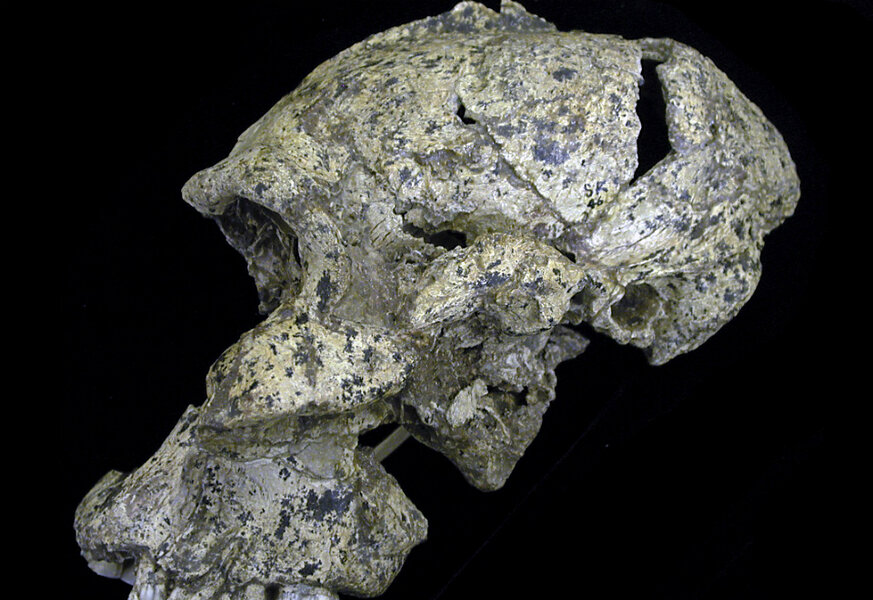Did our ancestors have better hearing than we do?
Loading...
Leaves rustling in the breeze, birds chirping, insects buzzing, may be some of the sounds that early humans heard more distinctly than humans today.
But how sharp was ancient human hearing?
A new study suggests, early human species may have had better hearing in certain frequencies than humans today, in order to facilitate short-range communication in an open (fields vs. forest) environment.
A team of researchers, led by Rolf Quam of Binghamton University in New York, studied skulls and ear bones from Australopithecus africanus and Paranthropus robustus, two species that lived between 1 million and 3 million years ago, as well as modern humans and chimpanzees to compare their hearing abilities.
During the study, the researchers reconstructed the internal anatomy of the two ancient human ears by using computerized tomography (CT) scans and virtual computer reconstructions based on available fossils. Then, they fed a series of anatomical measurements into a computer model to predict their hearing abilities. Due to the limited number of fossilized skulls with intact inner ear bones, the researchers focused primarily on ancient humans native to South Africa.
They found that early hominins had a similar sensitivity range to chimpanzees, but shifted slightly towards that of modern humans, so they had better hearing than chimps.
"Compared with chimpanzees, both early hominin taxa show a heightened sensitivity to frequencies between 1.5 and 3.5 kHz and an occupied band of maximum sensitivity that is shifted toward slightly higher frequencies," Quam and his colleagues wrote in their study.
"[The hominins'] hearing pattern is similar to a chimpanzee['s], but slightly different," Quam told Live Science. "That difference seems to be in the direction of humans."
Quam thinks this shift in hearing sensitivity would have helped them communicate in open environments, such as the African savannah.
Earlier research on the tooth enamel of prehistoric humans suggests that they consume foods that are found in both forests and savanna so these hominins may have thrived in both of these environments.
"It turns out that this auditory pattern may have been particularly favorable for living on the savanna. In more open environments, sound waves don't travel as far as in the rainforest canopy, so short-range communication is favored on the savanna," Quam told Reuters.
Being able to hear certain frequencies, however, doesn’t mean that the Australopithecus or Paranthropus could speak as humans do, the researchers say.
"I want to be clear that we are not arguing that these early humans had language, which implies a symbolic content," Quam said. "Certainly they could communicate vocally. All primates do. But human language emerged during our evolutionary history at some time after the existence of these early humans."





